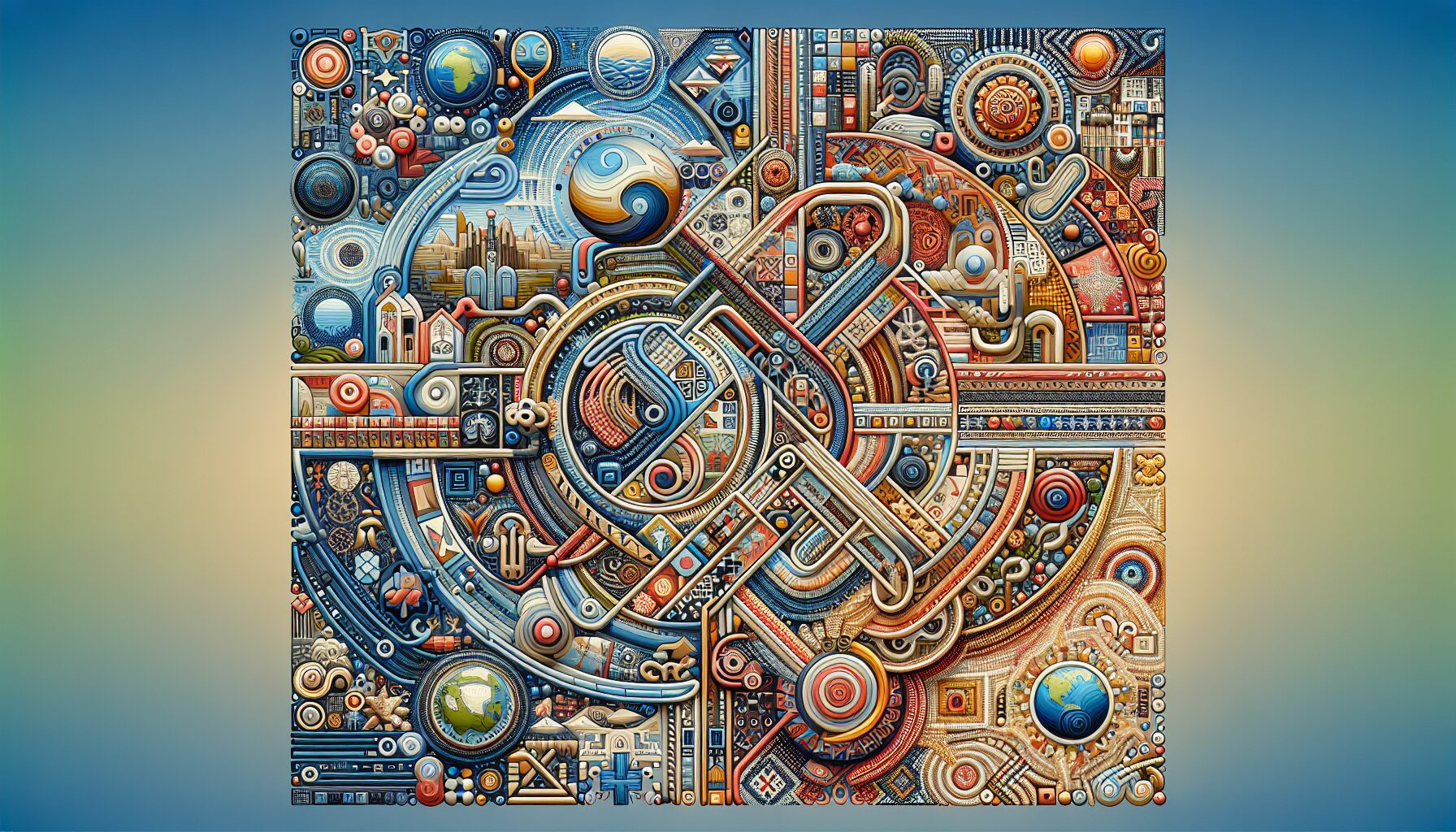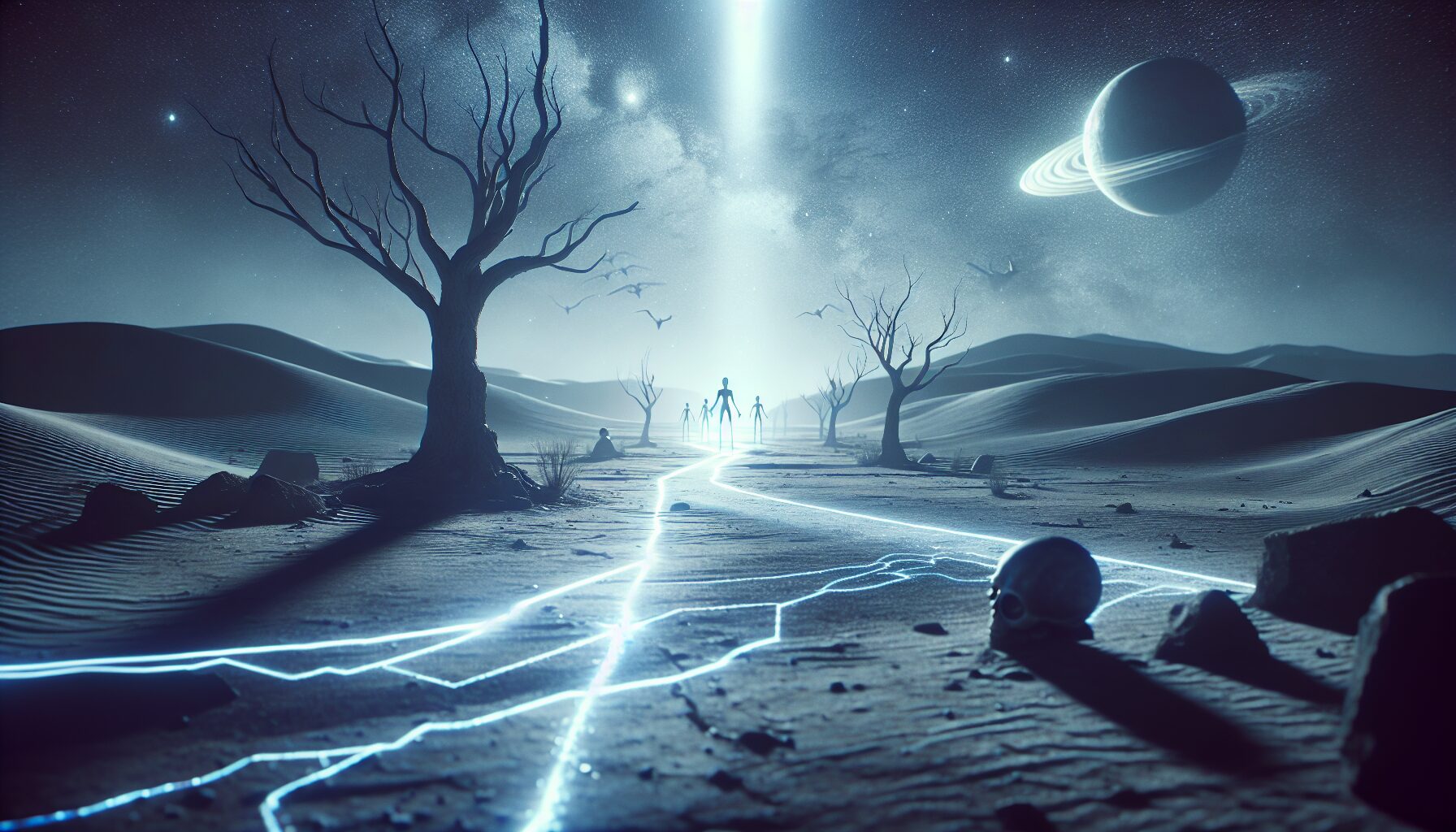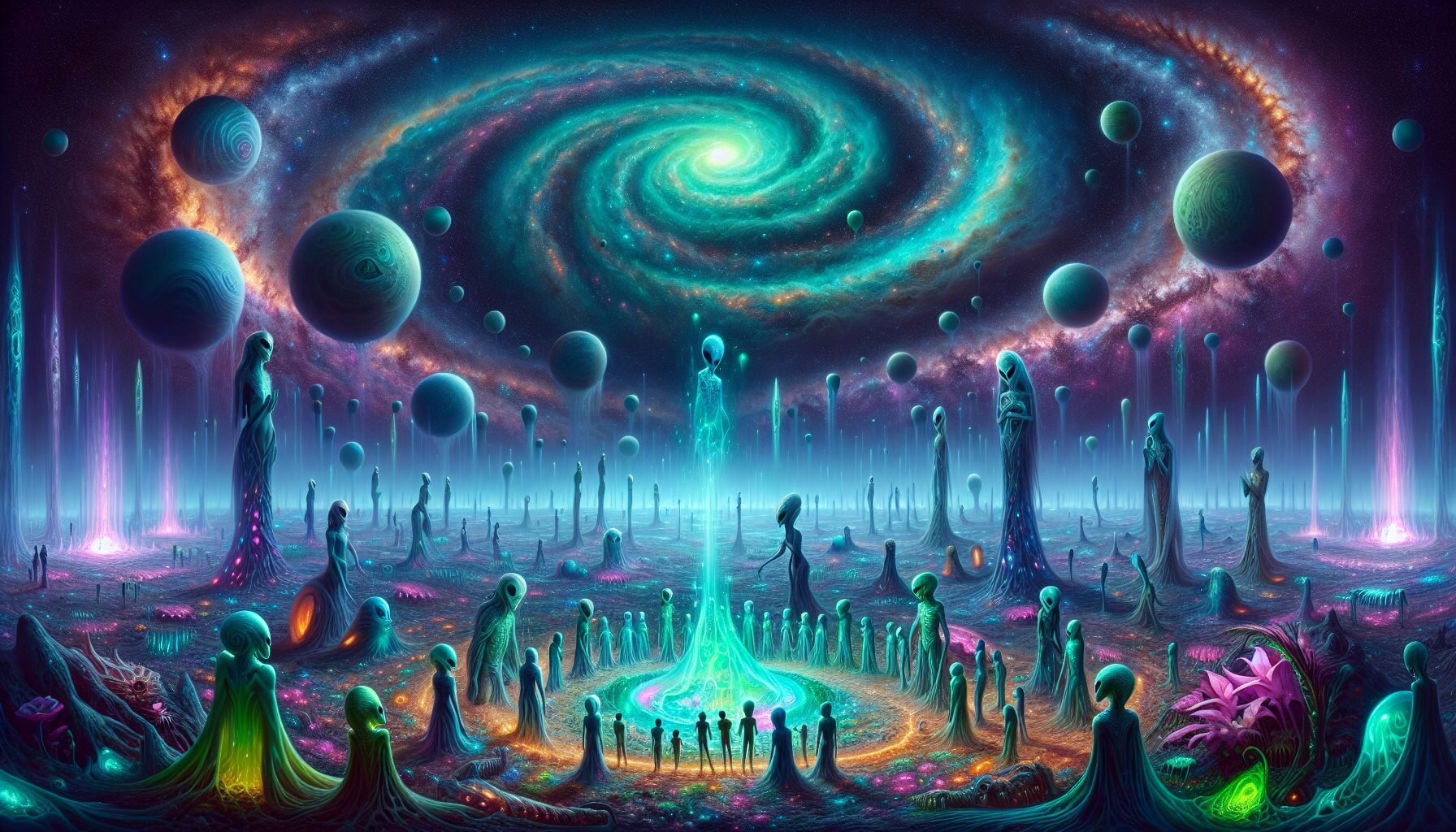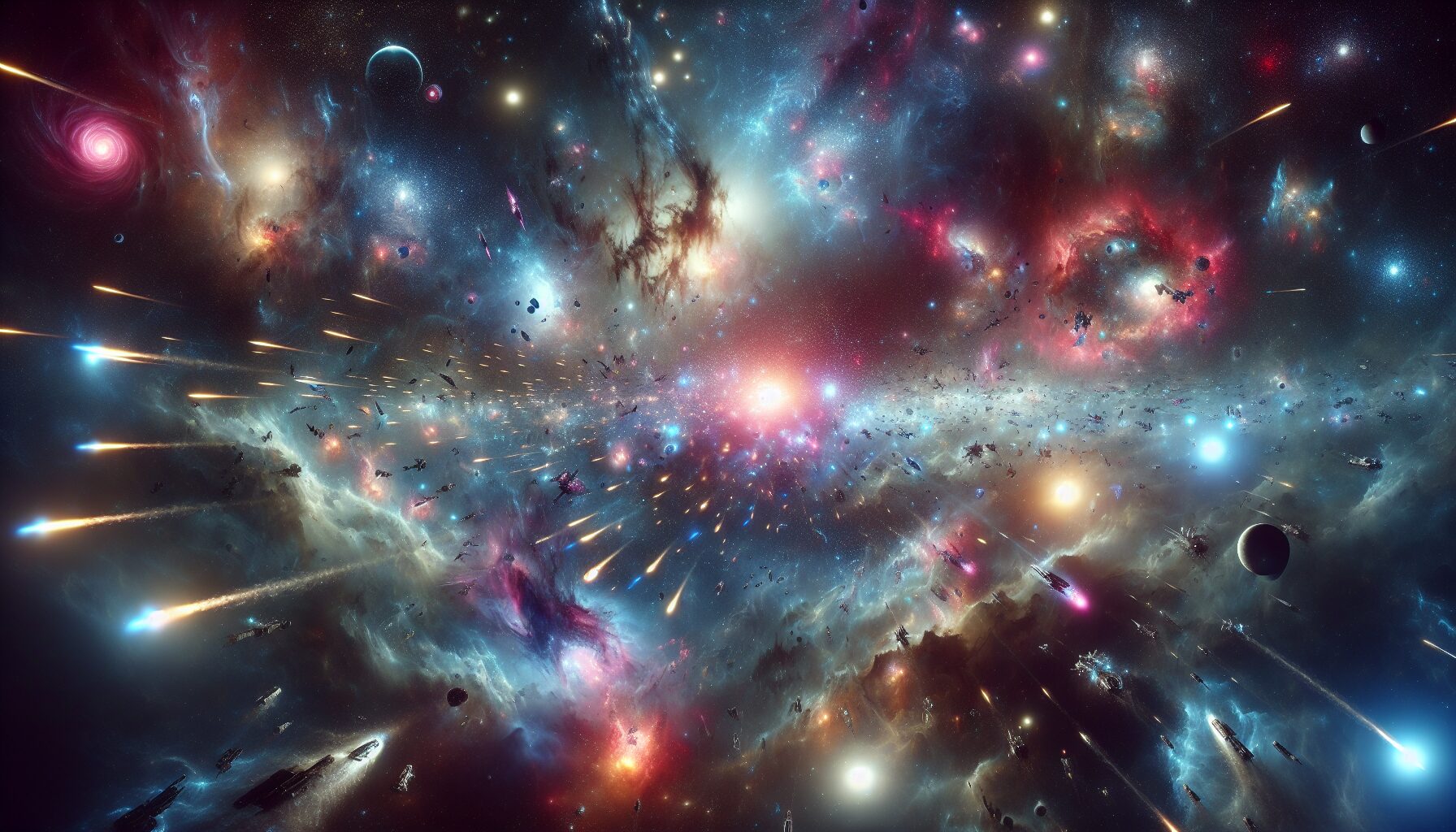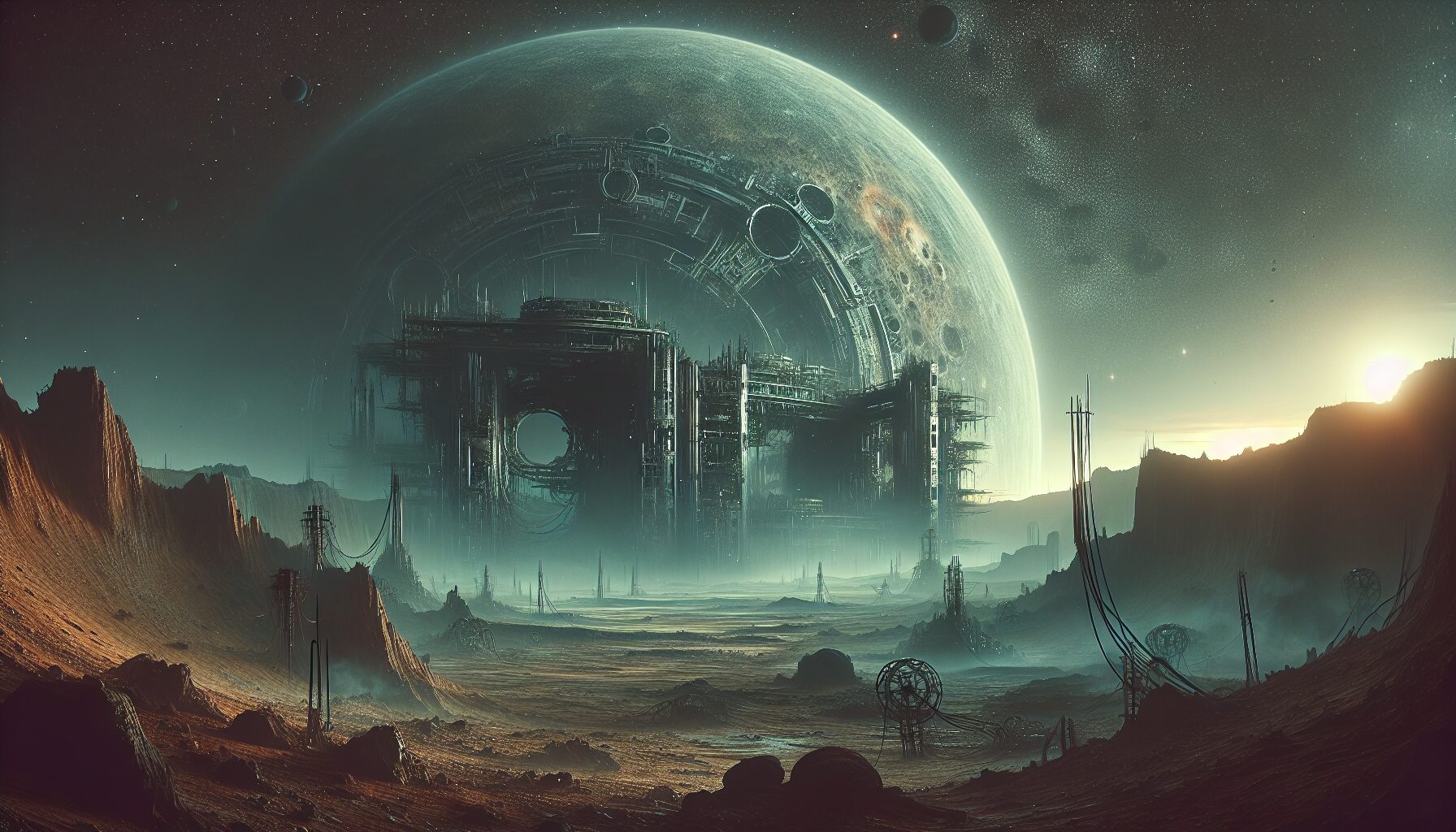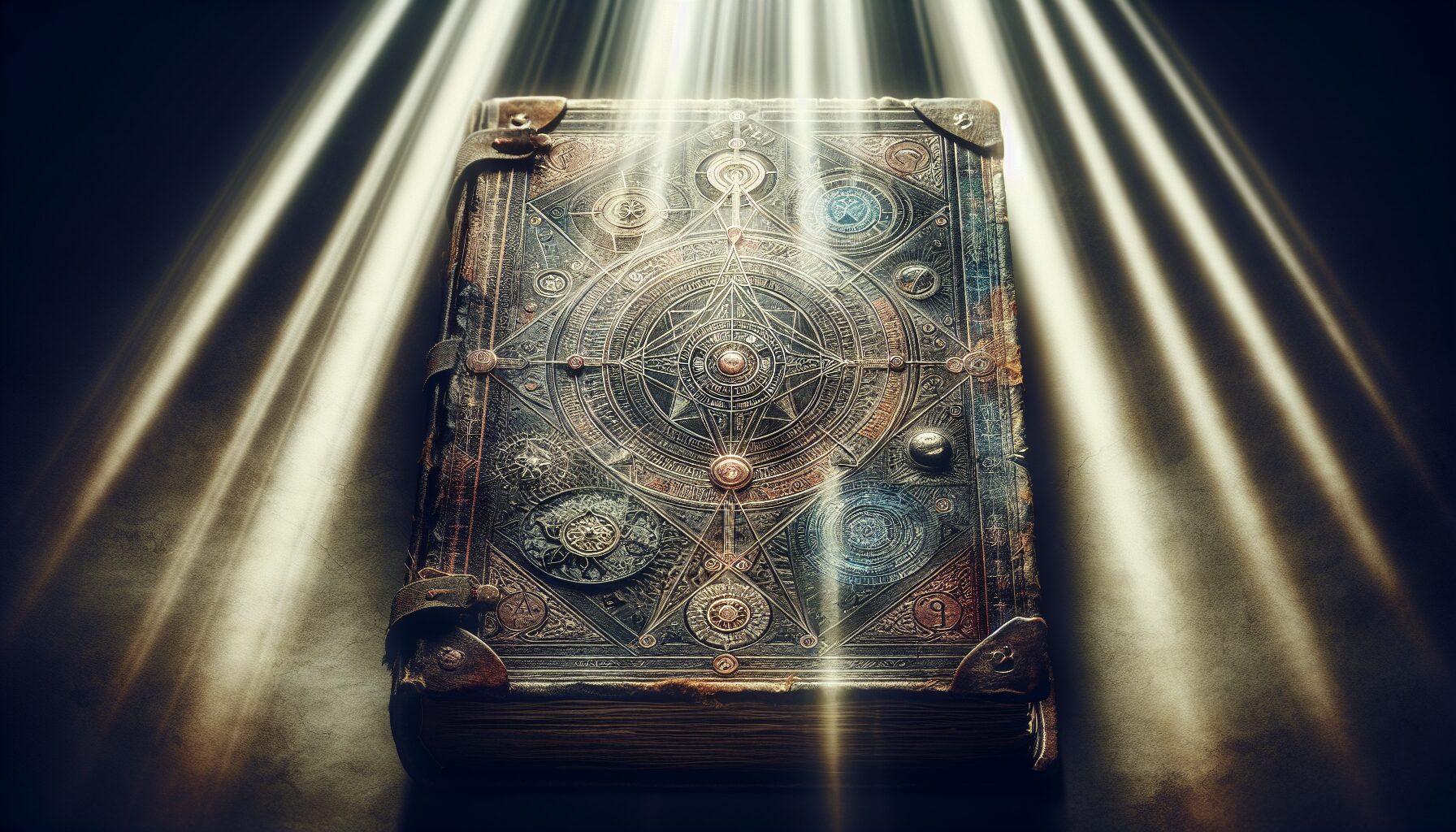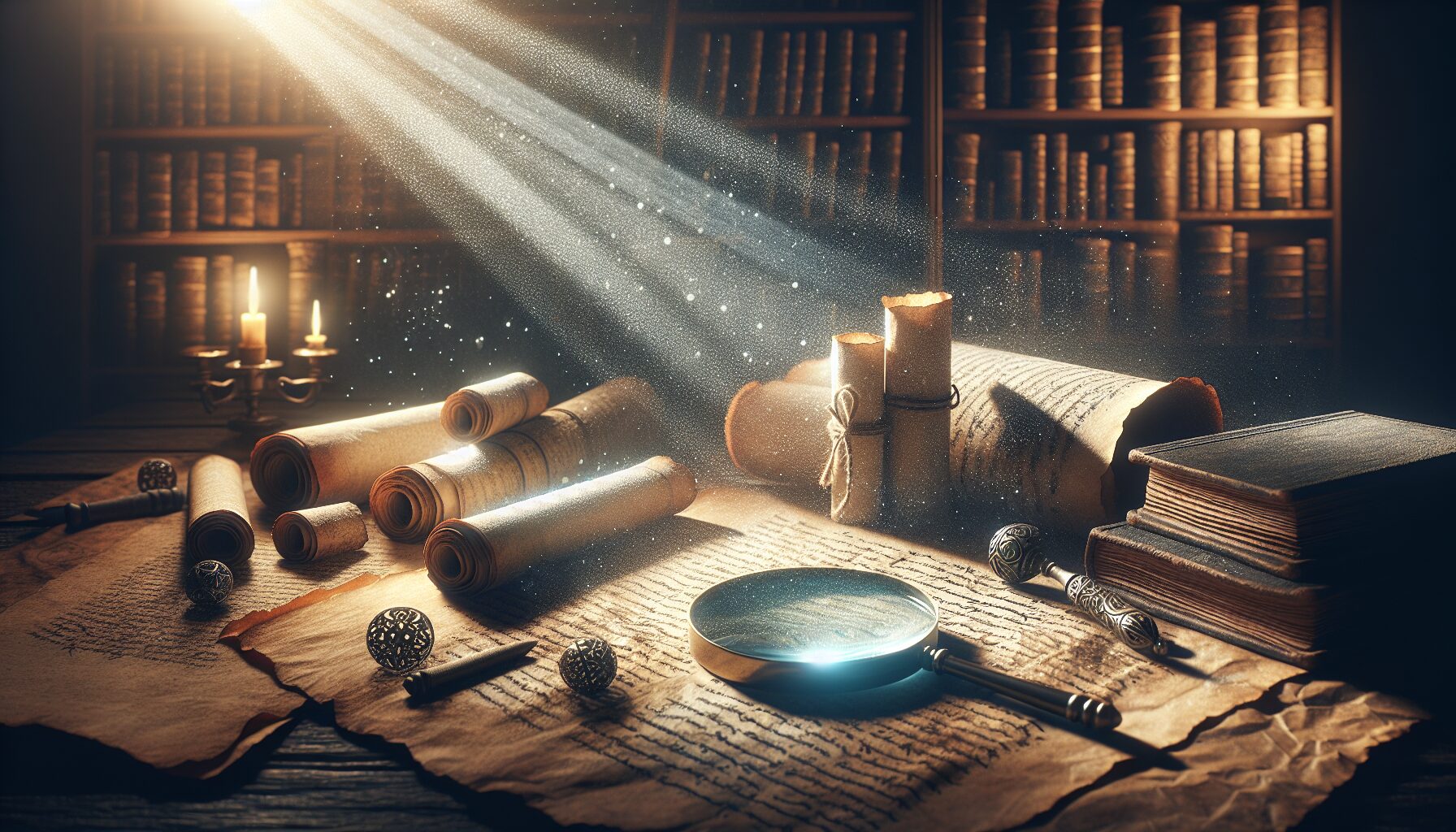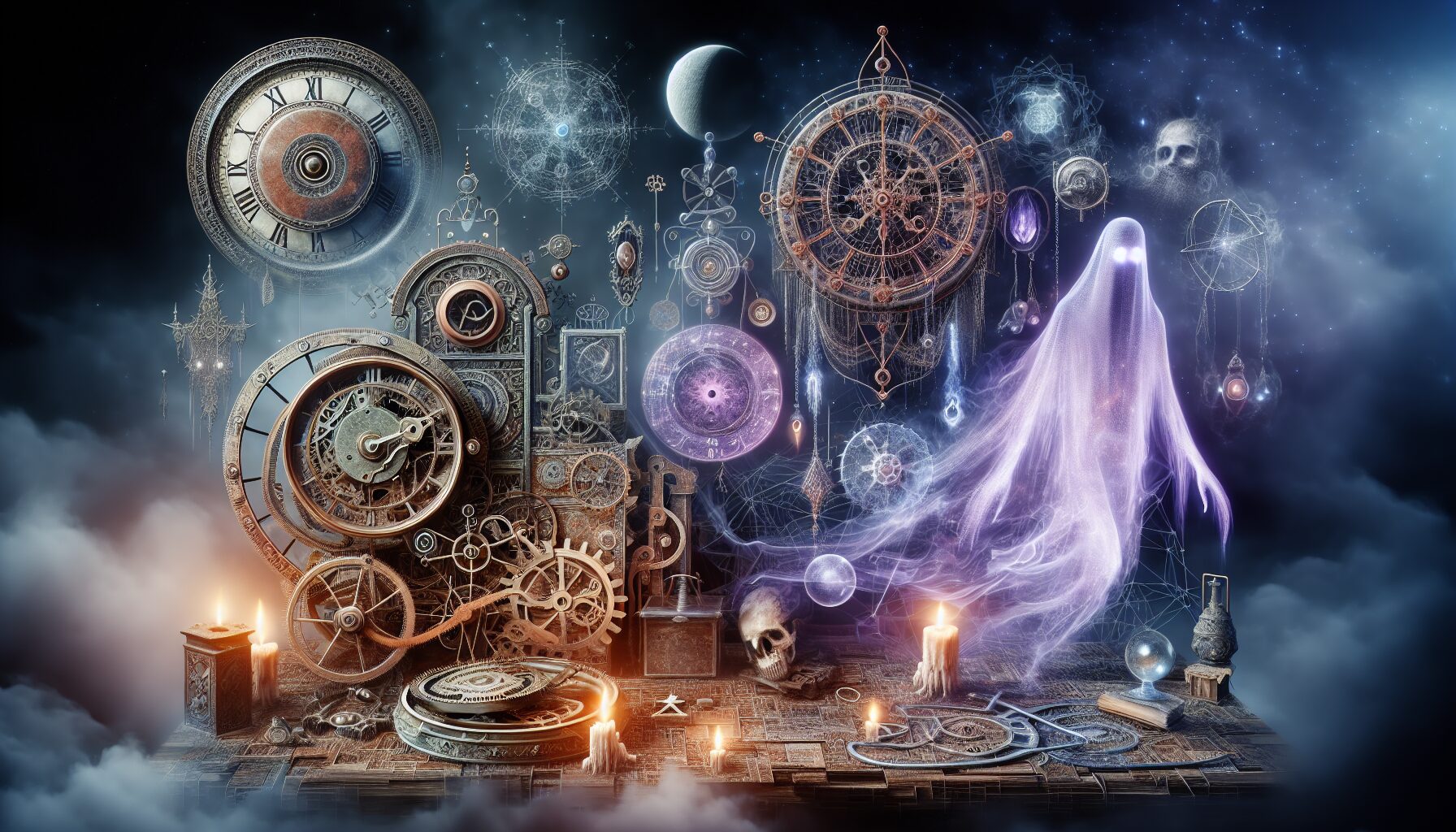Celestial Dissociation: Depersonalization in Angelic Realms
In the intricate tapestry of the cosmos, the notion of celestial beings such as angels has captured human imagination for centuries. These angelic entities, often seen as messengers of divine will and protectors of humanity, exist in realms beyond our conventional understanding. However, the humanization of such beings in art, literature, and theology begs the question: can entities of such cosmic magnitude experience psychological phenomena akin to those in humans, such as depersonalization?
Understanding Depersonalization
Depersonalization is defined by the American Psychiatric Association as an experience where an individual feels detached from their thoughts, feelings, and body experiences. It is often characterized by emotional numbing and a sense of observing oneself from an external perspective, as though one were living in a dream.
According to Dr. John F. Kihlstrom, a cognitive psychologist, “Depersonalization is a fascinating dissociative disorder that reminds us, though we take it for granted, that the seamless integration of mind, body, and self can sometimes break down.”
Angelic Realms and Perception
The angelic realms, as described in numerous spiritual texts and traditions, are not bound by the physical laws that govern the human experience. These celestial domains are said to exist in dimensions where time and space may operate differently, if at all. In Christian theology, angels are created beings, with numerous ranks and functions, from archangels to cherubim, all holding specific roles that contribute to the divine cosmic order.
However, the portrayal of angels in many theological doctrines suggests an inherent emotional and moral consciousness. Biblical narratives, such as those found in The Book of Revelation, depict angels participating in both worship and judgment, implying an ability to process events and make decisions. Yet, as spiritual beings, they may also encounter experiences that parallel human psychological states, including those resembling depersonalization. The notion raises intriguing questions about the emotional and perceptual dimensions of such celestial beings.
Celestial Entities and Transcendental Experiences
If angels are capable of experiencing states akin to depersonalization, such experiences would likely diverge significantly from the human form of the condition. Theologians and mystics suggest that angels, in their celestial agency, are privy to perspectives of time and existence far removed from human understanding, potentially allowing them to observe the world with both intimacy and detachment.
Some scholars propose that such detached observation may not be dissociative in the pathological sense but rather a mode of transcending the limitations of singular identity. Angelologist and philosopher Emmanuel Swedenborg posited that celestial beings partake in divine contemplation, allowing their individuality to momentarily dissolve into the vastness of the divine plan.
“Angels never cease, not even for a moment, to be in the presence of the Lord, thus, in a state of love,” wrote Swedenborg in his landmark work, Heaven and Hell. “By this means, all that they think is wise and all that they act upon is true.”
Parallels in Human Experience
Comparisons can be drawn between this celestial form of observation and the human pursuit of transcendence through practices such as meditation and prayer. Both seek to achieve a spiritual state of being that transcends the typical confines of the conscious ego, albeit only temporarily. In these states, individuals often report feeling a dissociation from their immediate self and a connection to a larger, collective consciousness.
Thomas Metzinger, in his book Being No One, explores the idea of selfhood and suggests a model where personal identity can decouple from self-perception, affording individuals a separate vantage point of the self without the constraints of the ego. In this realm of thought, angelic depersonalization could indeed reflect an enlightened state, rather than a disorder.
Concluding Thoughts
Ultimately, the concept of depersonalization in angelic realms invites us to reimagine the spiritual dimensions and the psychological parallels between human and celestial entities. The potential for these beings to experience such phenomena expands our understanding of consciousness and identity beyond the human-centric models. It challenges longstanding perceptions by proposing that all consciousness, whether celestial or corporeal, is subject to states and modes of experience that highlight the interconnectedness of all existence.
As we contemplate these possibilities, we continue to bridge the gap between the worlds we inhabit and the ethereal domains we strive to understand. The dialogue between science, spirituality, and imagination remains ever rich and expansive, promising new insights into the ultimate nature of consciousness itself.

